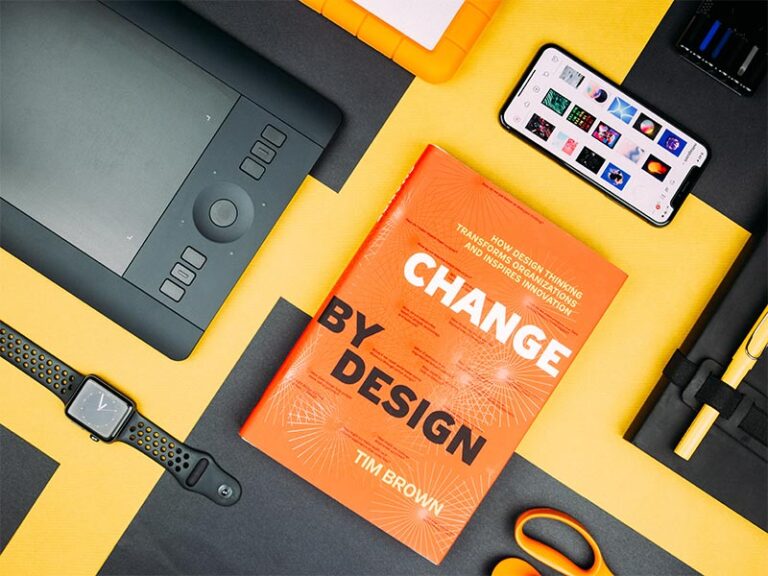
Introduction:
In the digital age, websites have become the primary touchpoints for businesses and individuals to connect with their target audience. With fierce competition online, it’s crucial for web designers to go beyond aesthetics and create engaging experiences that resonate with users. One powerful tool at their disposal is color psychology. By understanding how colors affect human emotions and behaviors, web designers can strategically leverage color to evoke specific responses and enhance user engagement. In this blog post, we will explore the fascinating role of color psychology in web design and its impact on creating memorable online experiences.
Understanding Color Psychology:
Color psychology is the study of how colors influence human emotions, perceptions, and behaviors. Different colors evoke distinct psychological responses, making them valuable tools for web designers. For example, warm colors like red and orange can create a sense of urgency or excitement, while cool colors like blue and green evoke feelings of calmness and trust. By understanding these associations, designers can harness the power of color to establish the desired emotional connection with website visitors.
Building Brand Identity:
Color plays a vital role in establishing a strong brand identity. Consistency in color usage across a website helps users associate specific colors with a brand, creating brand recognition and recall. For example, the bold red color of Coca-Cola or the vibrant yellow of McDonald’s are instantly recognizable. Web designers must align the chosen color palette with the brand’s personality, values, and target audience to create a cohesive and memorable brand experience.
Communicating Messages:
Colors can communicate messages and convey information without relying on text alone. By strategically using colors, web designers can guide users’ attention, emphasize important elements, and create visual hierarchies. For instance, using contrasting colors for call-to-action buttons can draw users’ focus and encourage conversions. Similarly, using softer tones for background elements can create a harmonious and easy-to-read content layout. Colors can also evoke cultural associations, making it important to consider the target audience’s cultural background and preferences.
Creating Emotional Connections:
Humans have emotional responses to colors at a subconscious level. Web designers can leverage this phenomenon to establish emotional connections with website visitors. For example, blue is often associated with trust and reliability, making it suitable for financial institutions or healthcare websites. On the other hand, vibrant and energetic colors like yellow and orange can evoke excitement and enthusiasm, making them ideal for entertainment or travel-related websites. By selecting colors that resonate with the intended emotional response, designers can enhance user engagement and create memorable experiences.
Enhancing Usability and Accessibility:
Color psychology is not only about aesthetics; it also plays a crucial role in usability and accessibility. Web designers need to consider color contrast, legibility, and color-blindness when designing interfaces. Using appropriate color combinations ensures that content is easily readable for all users, regardless of their visual abilities. Additionally, designers must ensure that color is not the sole means of conveying important information, as some users may have difficulties perceiving certain colors or may be color-blind.
Conclusion:
In the realm of web design, color psychology is a powerful tool that can make or break user experiences. By understanding the emotional and psychological impact of different colors, web designers can create engaging, cohesive, and visually appealing websites. The strategic use of colors can help establish brand identity, guide user attention, and evoke desired emotional responses. Moreover, considering usability and accessibility factors ensures that websites are inclusive and user-friendly. By harnessing the potential of color psychology, web designers can shape online experiences that captivate and leave a lasting impression on users.

